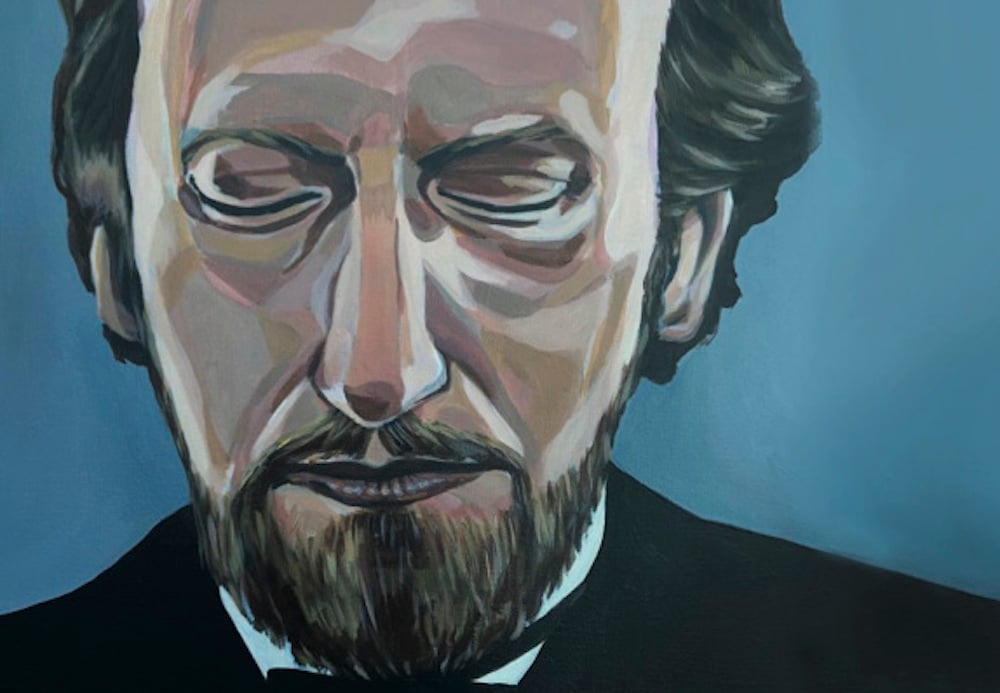Herman Bavinck was the son of a conservative Reformed preacher, born in 1854 in a relatively small town (Hoogeveen) in a small, low-lands country (the Netherlands).
Login to read more
Sign in or create a free account to access Subscriber-only content.
Topics:
